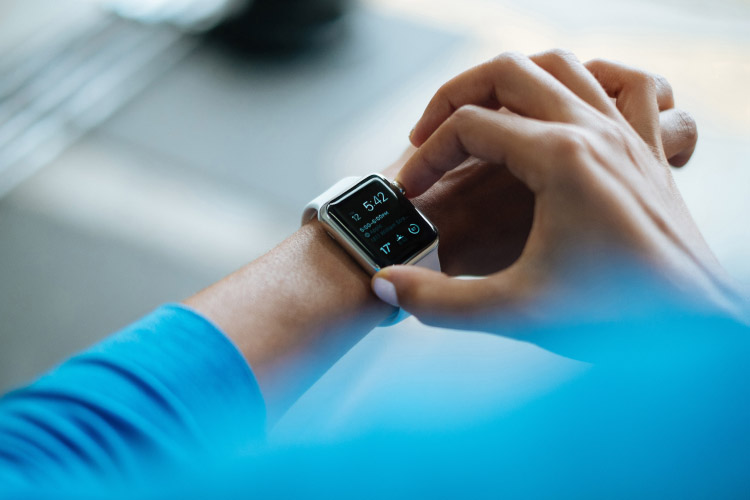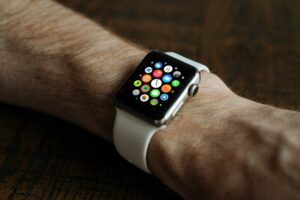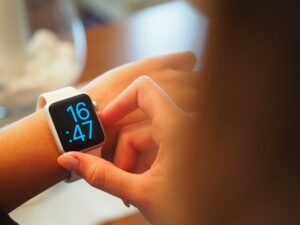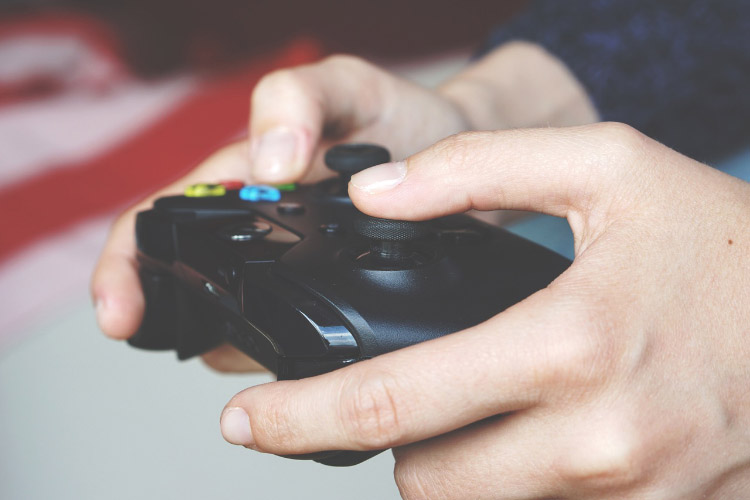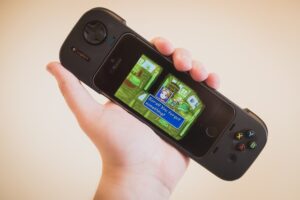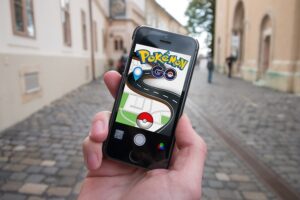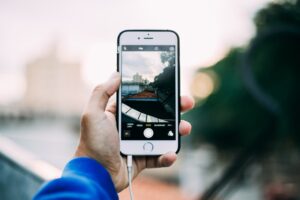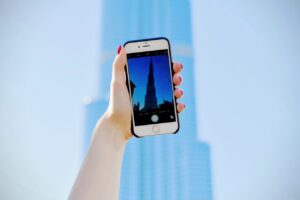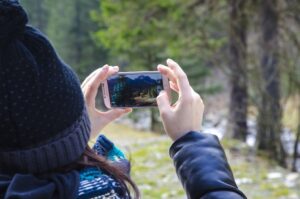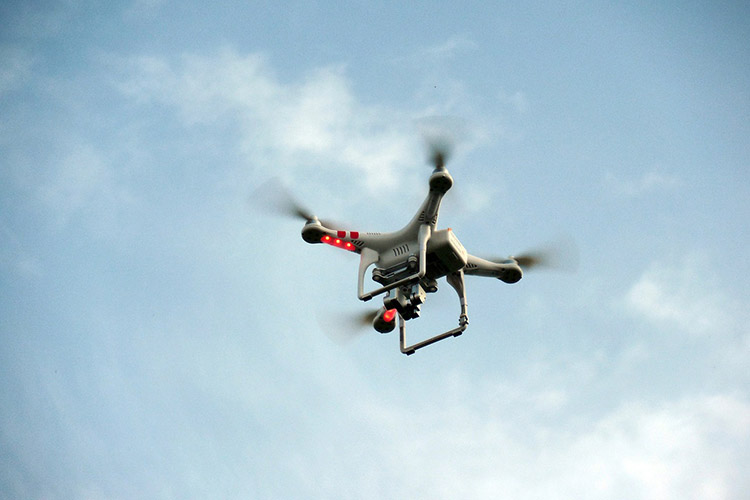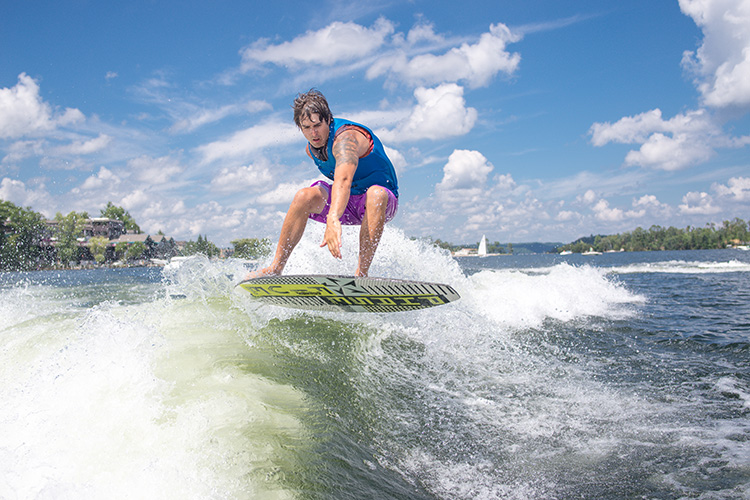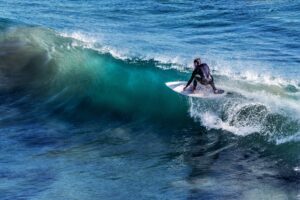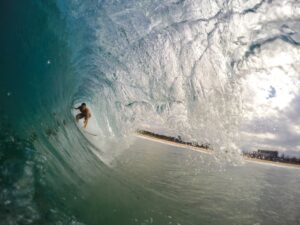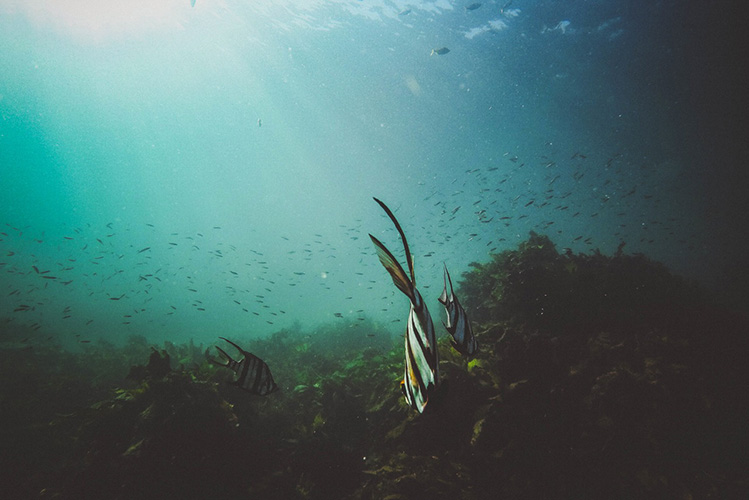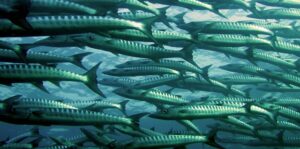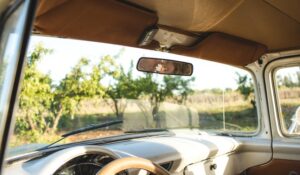Travel is the movement of people between relatively distant geographical locations, and can involve travel by foot, bicycle, automobile, train, boat, airplane, or other means, with or without luggage, and can be one way or round trip. Travel can also include relatively short stays between successive movements and lodging in apartments near Tacoma An infant is the very young offspring of a human or other animal. When applied to humans, the term is usually considered synonymous with baby or bairn, but the latter is commonly applied to the young of any animal. When a human child learns to walk, the term toddler may be used instead.
The term infant is typically applied to young children between the ages of 1 month and 12 months; however, definitions may vary between birth and 1 year of age, or even between birth and 2 years of age. A newborn is an infant who is only hours, days, or up to a few weeks old. In medical contexts, newborn or neonate refers to an infant in the first 28 days after birth; the term applies to premature infants, postmature infants, and full term infants. Before birth, the term fetus is used. In the UK, infant is a term that can be applied to school children aged between four and seven. As a legal terminology, “infancy” continues from birth until age 18.
The world is a book, and those who do not travel read only a page.
-Saint Augustine
Authorities emphasize the importance of taking precautions to ensure travel safety. When traveling abroad, the odds favor a safe and incident-free trip, however, travelers can be subject to difficulties, crime and violence.
Some safety considerations include being aware of one’s surroundings, avoiding being the target of a crime, leaving copies of one’s passport and itinerary information with trusted people, obtaining medical insurance valid in the country being visited and registering with one’s national embassy when arriving in a foreign country. Many countries do not recognize drivers’ licenses from other countries; however most countries accept international driving permits. Automobile insurance policies issued in one’s own country are often invalid in foreign countries, and it is often a requirement to obtain temporary auto insurance valid in the country being visited. It is also advisable to become oriented with the driving rules and regulations of destination countries. Wearing a seat belt is highly advisable for safety reasons; many countries have penalties for violating seat belt laws.
The term infant is typically applied to young children between the ages of 1 month and 12 months; however, definitions may vary between birth and 1 year of age, or even between birth and 2 years of age. A newborn is an infant who is only hours, days, or up to a few weeks old. In medical contexts, newborn or neonate refers to an infant in the first 28 days after birth; the term applies to premature infants, postmature infants, and full term infants. Before birth, the term fetus is used. In the UK, infant is a term that can be applied to school children aged between four and seven. As a legal terminology, “infancy” continues from birth until age 18.




